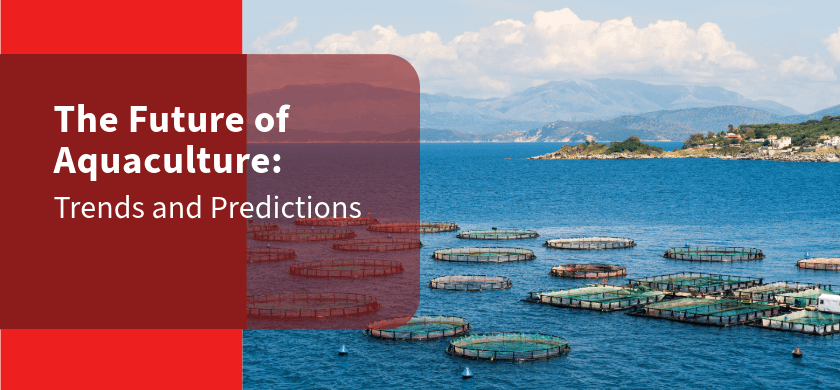Aquaculture, the farming of fish and other aquatic organisms has been on the rise in recent years. With the increasing demand for seafood and the decline of wild fish populations, aquaculture is becoming an important source of food for people around the world. In this article, we will explore the future of aquaculture, including trends and predictions.
Trends in Aquaculture
Sustainable Aquaculture Practices: One of the major trends in aquaculture is a move towards more sustainable practices. This includes reducing the environmental impact of aquaculture by minimizing the use of chemicals and antibiotics, improving feed efficiency, and reducing waste.
Technology Advances: Advances in technology are also transforming the aquaculture industry. New technologies such as remote monitoring, artificial intelligence, and automation are helping to optimize production and increase efficiency. For example, sensors can be used to monitor water quality, temperature, and fish behaviour, while automated feeding systems can reduce labour costs and improve feed management.
Increased Demand for Seafood: The growing global population and increasing affluence in emerging economies are driving demand for seafood. Aquaculture is well-positioned to meet this demand but must do so sustainably to avoid further depleting wild fish populations.
Investment in Research and Development: As the aquaculture industry grows, there is a growing need for research and development to improve production efficiency, disease management, and environmental sustainability. Governments, universities, and private companies are investing in research to meet these challenges.
Predictions for the Future of Aquaculture
Aquaculture Production Will Continue to Grow: According to the Food and Agriculture Organization of the United Nations, global aquaculture production is expected to reach 109 million tonnes by 2030, up from 82 million tonnes in 2015. This growth will be driven by increasing demand for seafood and advances in aquaculture technology.
Greater Use of Recirculating Aquaculture Systems: Recirculating aquaculture systems (RAS) are a sustainable form of aquaculture that recirculates water, reducing the need for fresh water and minimizing waste. As the technology for RAS continues to improve, more farms will likely adopt this approach.
Focus on Aquatic Health: Disease outbreaks can have a devastating impact on aquaculture production. As a result, there is a growing focus on maintaining the health of aquatic organisms through better nutrition, vaccination, and disease management.
Expansion of Land-Based Aquaculture: Land-based aquaculture, which involves farming fish in tanks or ponds on land, is becoming more popular. This approach has several advantages, including greater control over water quality, reduced environmental impact, and the ability to farm fish closer to urban markets.
Conclusion
Aquaculture is a rapidly growing industry with great potential to meet the growing demand for seafood. However, to ensure that aquaculture is sustainable and environmentally responsible, there must be a continued focus on improving production efficiency, reducing environmental impact, and maintaining the health of aquatic organisms. With continued investment in research and development, and the adoption of new technologies and practices, the future of aquaculture looks bright.

